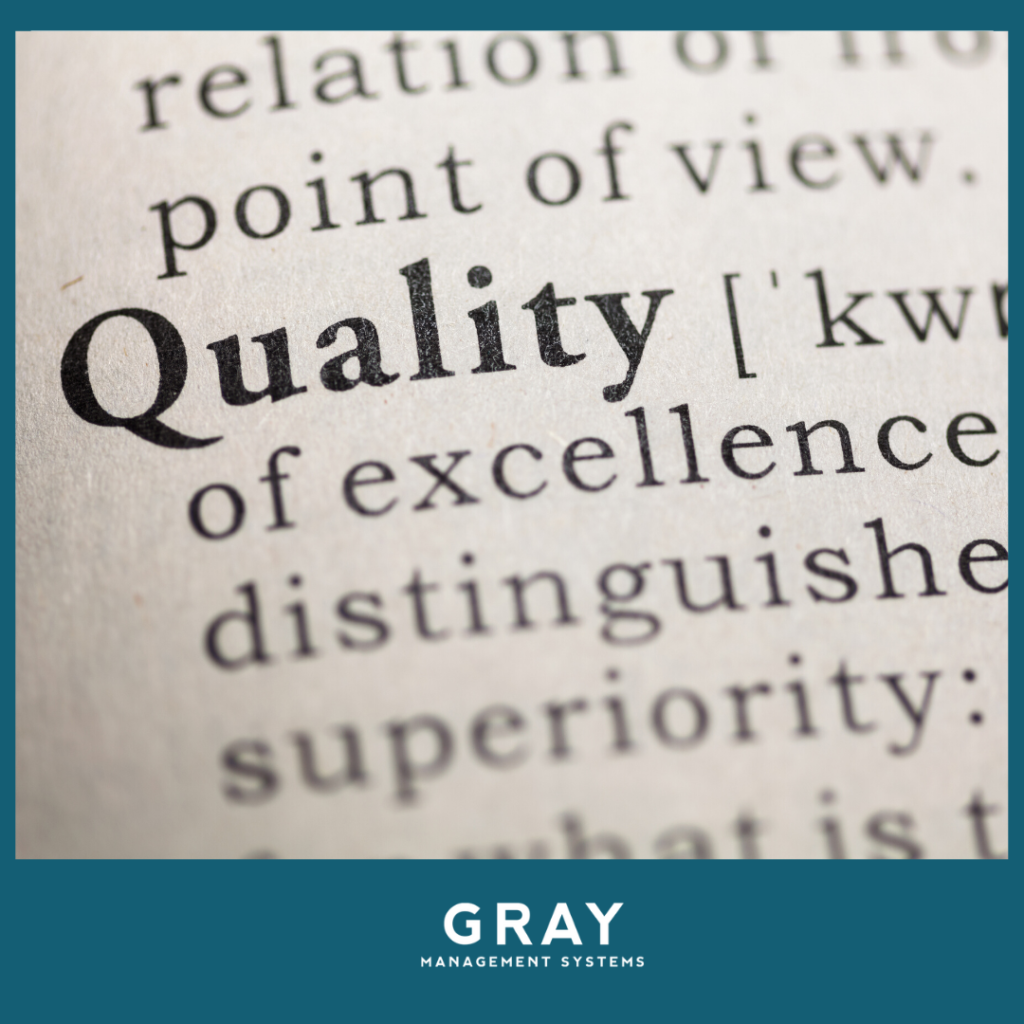Written by: John Price, Co-Founder & Consultant The VET Gurus and Loren Gray, Compliance Specialist Gray Management Systems
This blog post was originally published on The VET Gurus website which you can find here.
Opportunities to improve systems have been embedded in quality standards since the first publication of the international ISO standards in 1987. Despite some amendments, the intent behind maintaining quality through compliance activities such as internal auditing, has not changed. Core principles have been embedded within the Standards for Registered Training Organisations 2015 and act as a mechanism to build confidence in the integrity and creditability of national qualifications issued by providers.
For providers, best practice to maintain quality training outcomes is to adopt a Plan Do Check Act process approach which can be summarised as:
PLAN: Providers establish objectives, identify customer requirements, risks and opportunities for improvement and understand regulatory requirements.
DO: Implement the plan
CHECK: Monitor and measure against relevant criteria (Standards, policy, procedures)
ACT: Make improvements where necessary
With the recent shift for providers to demonstrate self-assurance, the checking step within the PDCA approach can assist providers in ensuring their governance and systems are working to maintain quality training outcomes. So, what does self-assurance mean for providers?
Self-Assurance
According to the Collins dictionary, self-assurance means having the confidence in your ability. As a provider, building the capacity for effective self-assurance can be via self-assessment activities that tests governance and systems. By committing to an internal quality assurance program, it will enable providers to have confidence (self-assurance) that they are maintaining quality training outcomes. The shift to a self-assurance model places the onus on a provider rather than reliance upon the current input and compliance controls prescribed by the Standards. A provider can demonstrate self-assurance by undertaking regular self-assessment activities.
Self-Assessment
Self-assessment is a method to identify the current level of compliance and performance across many aspects of a provider. Self-assessment activities such as internal audits, not only identify areas of compliance, but highlight strengths and opportunities for quality improvement. When self-assessment activities are aligned to ensuring self-assurance, continuous improvement and compliance is encouraged, not forced. Conducting risk-based internal audits and monitoring, is an ideal way for providers to self-assess.
Internal audit
Internal audit is a more formalised process that is a proven effective method to support a provider in the management of their policies and controls. The ISO 19011:2018 guidelines for auditing management systems promotes that conducting objective and impartial internal audits, is a great way to improve processes, meet objectives and comply with regulatory requirements. Internal audits can also provide assurance that service delivery is aligned with vocational outcomes.
With this focus on adopting a self-assurance model, based on the PDCA approach, there are significant quality outcomes for providers beyond just maintaining regulatory compliance.
John and Loren will be exploring these topics further in our August 2020 Newsletter. Make sure you subscribe to The VET Gurus receive a copy.

